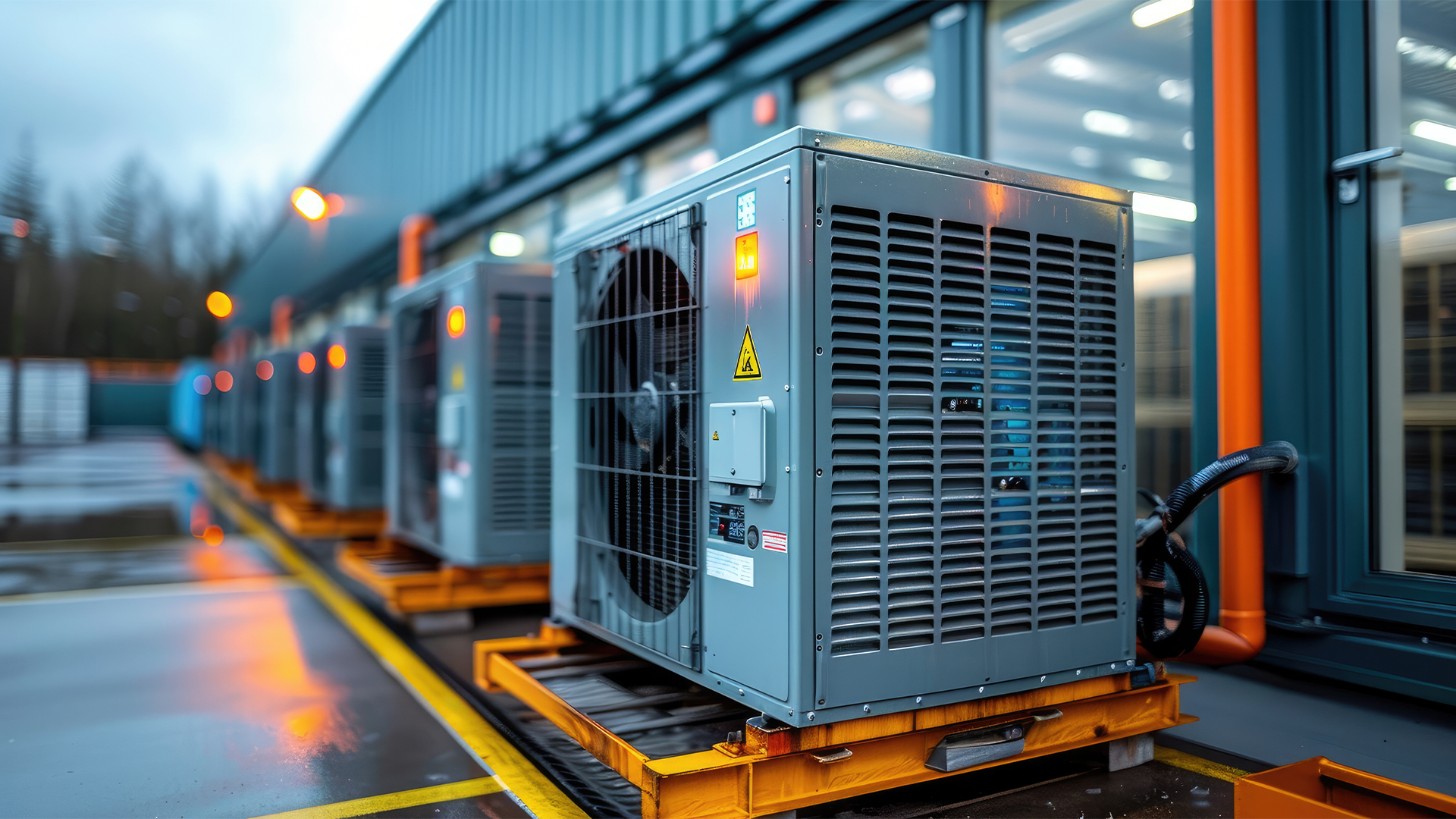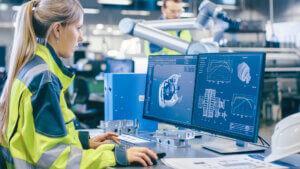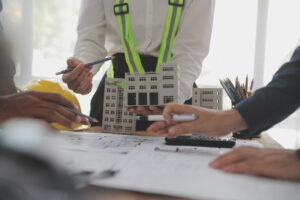Effective HVAC design is crucial to a building’s performance, but it can be challenging to get right. Inefficiencies can stem from many issues, and studying a project and optimising every detail is time-consuming and expensive. Using a digital twin in HVAC design makes these complex decisions far easier.
Efficient but reliable HVAC design becomes more important as sustainability demands rise and construction projects fall behind schedule. The once-tech-adverse construction sector must turn to new technologies like digital twins to move forward.
What Is a Digital Twin?
At its simplest, a digital twin is a virtual representation of a physical system. However, it’s more than just a digital blueprint. Unlike conventional simulations, these technologies use data from the real world — sometimes even updating in real time — to provide in-depth, highly detailed modelling.
Digital twins also typically feature artificial intelligence (AI) features, letting them adapt to new data automatically. Consequently, they can model what-if scenarios, predict future performance and even suggest improvements to the real-world infrastructure they represent. This vast potential is why experts highlight digital twins as one of three key trends driving the future of industrial digitisation in the U.K.
Digital twins in HVAC can take several forms. You could use a twin of an existing building to design an HVAC system that fits it. Alternatively, you could create a digital twin of the system for virtual testing and ongoing optimisation.
How to Use Digital Twins in HVAC Design
HVAC digital twins hold significant potential for the design phase in all use cases. Here are a few ways you can use this technology to optimise your designs.
Streamlined Measurements
One simple but effective way to use digital twins in HVAC is to streamline the measurement process. Visiting a construction site in person to take measurements manually is time-consuming and error-prone. Using a digital twin of the project to inform your measurements instead is much more efficient.
Digital twins pull data from drone scans, building designs and other on-site measurements to create accurate representations of the site. You can use these virtual models to get precise calculations without being there in person. As a result, you can start designing immediately.
Efficiency aside, using digital twins in this way reduces the likelihood of mismeasurements. Consequently, you can avoid costly redesigns with the confidence that you’re working on the most accurate, up-to-date information.
Virtual Testing
HVAC digital twins are also useful for testing your designs. Real-world tests are informative but take time, and they represent significant sunk costs if you realise you should change anything. Virtual simulations in a digital twin are just as reliable but involve less time and money.
Because digital twins use real-world data, they can accurately predict performance. Consequently, you can test for flaws or find room for improvement without an expensive physical model. You may even run tests while handling other tasks for added efficiency.
AI-informed tests are also a great way to find optimisation possibilities you may miss otherwise. You may find that aluminium is the ideal material because it’s anti-corrosive and heat-resistant, despite galvanised steel being more common. Alternatively, digital twin simulations could reveal that a heat pump would be more cost-effective in the long run than a conventional air conditioning system.
Unique HVAC Designs
Digital twins can help you craft less conventional but more efficient HVAC systems. The traditional design approach doesn’t leave much room for experimentation because it’s challenging to gauge efficiency without extensive, costly tests. Digital twins’ AI functions and simulation capabilities provide a way around those concerns.
Some of the most efficient HVAC systems come from the least conventional designs. For example, the Vertikal Nydalen building in Oslo, Norway, does not use grid power for heating, cooling or ventilation. Instead, it facilitates natural airflow and geothermal wells with solar energy to provide the little electricity it needs.
Designing and testing a solution like that the conventional way is a long, expensive process. However, you can find and experiment with these opportunities in a digital twin. Some may suggest such improvements through AI analysis.
Ongoing Maintenance
Digital twins can be used in HVAC outside the initial design phase because they update in real time as new data emerges. These adjustments make them ideal maintenance tools.
After construction is complete, you can review a digital twin of your HVAC system to monitor its performance. The model will reveal if anything goes wrong, such as dropping efficiency levels or unusual trends in air quality. You or the property owner can inspect the system to fix the issue before it causes larger problems.
HVAC accounts for 38% of buildings’ energy consumption, so ongoing optimisation and maintenance are crucial. Digital twins can minimise this power usage by ensuring building managers address emerging issues as soon as possible.
Digital Twins in HVAC Make a Big Difference
HVAC design is complicated. Introducing digital twins into the equation can make it much easier, thanks to the wealth of data they provide.
These four use cases are not the only ways to use digital twins in HVAC, but they highlight this technology’s potential. Adopting these virtual models today can help you design the efficient buildings of tomorrow.






